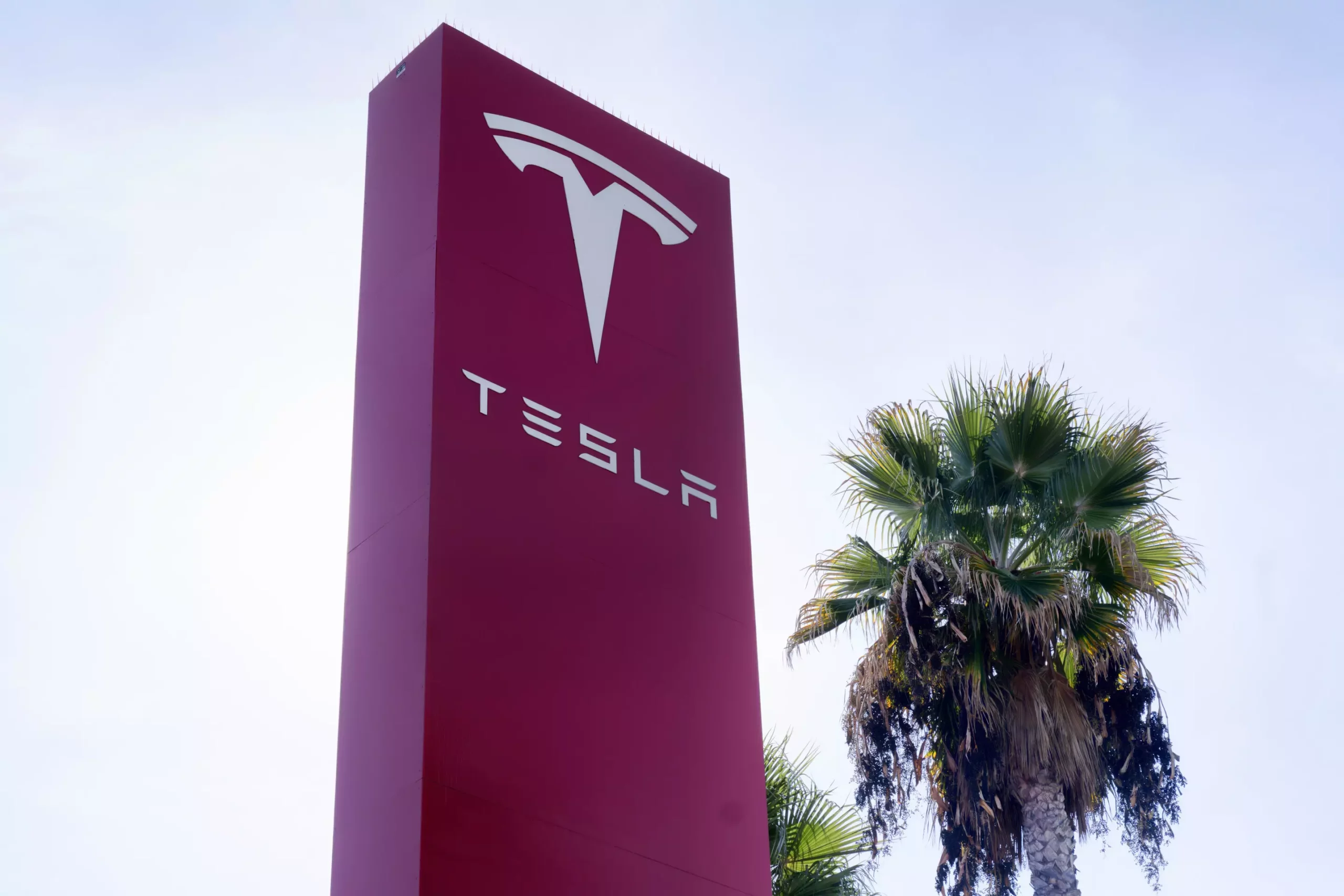A recent incident involving a Tesla on Autopilot mode causing a fatal collision with a motorcyclist near Seattle has once again brought into question the safety and efficacy of the autonomous driving system. The tragic accident has highlighted the importance of driver attention and the potential risks associated with relying too heavily on automated driving features.
The driver of the 2022 Tesla Model S admitted to using Autopilot and looking at his cellphone while the vehicle was in motion, leading to the collision with the motorcyclist. The driver’s lapse in attention resulted in the death of the 28-year-old motorcyclist, raising concerns about the level of trust drivers place in the autonomous capabilities of their vehicles. The driver was arrested for investigation of vehicular homicide, underlining the seriousness of the situation.
The incident comes on the heels of a recent recall by Tesla, prompted by U.S. auto safety regulators, to address issues related to driver monitoring while using Autopilot. The update aimed to enhance warnings and alerts to ensure drivers remain attentive while the vehicle is in autonomous mode. However, experts have criticized the monitoring system as inadequate, emphasizing the need for more robust safety measures such as infrared cameras to track driver behavior.
Experts and safety advocates have called for thorough investigations into the crash to assess the effectiveness of the recall measures and the overall safety of Tesla’s Autopilot system. The National Highway Traffic Safety Administration (NHTSA) should play a crucial role in evaluating whether Tesla has sufficiently mitigated risks associated with Autopilot use. Regulatory intervention may be necessary to protect other road users from similar accidents in the future.
The incident involving Tesla’s Autopilot system is not an isolated case, as other automakers are also facing scrutiny over the safety of their autonomous driving technologies. The NHTSA’s investigations into crashes involving various automated systems highlight the need for comprehensive safety assessments and regulatory oversight within the automotive industry. The implications of these incidents extend beyond individual companies to the broader landscape of autonomous vehicle development.
The fatal collision near Seattle serves as a sobering reminder of the potential dangers associated with overreliance on autonomous driving systems. The incident underscores the need for continuous evaluation, monitoring, and regulatory intervention to ensure the safety of all road users. As the automotive industry continues to explore and implement advanced technologies, prioritizing safety and accountability must remain paramount. The tragic loss of life in this case should prompt a reevaluation of current safety standards and practices to prevent similar accidents in the future.


Leave a Reply